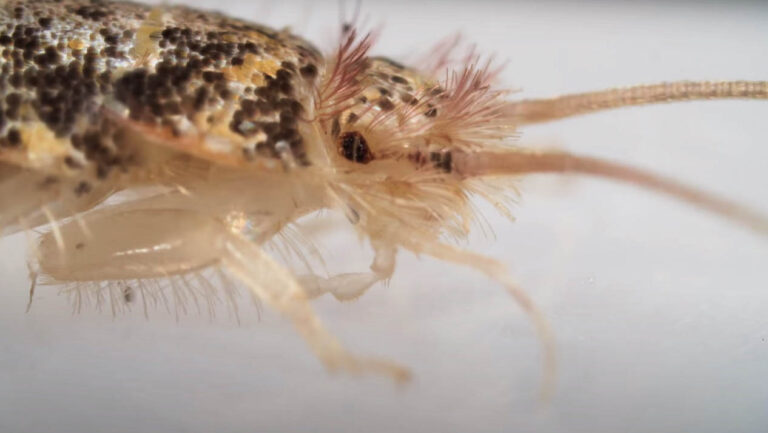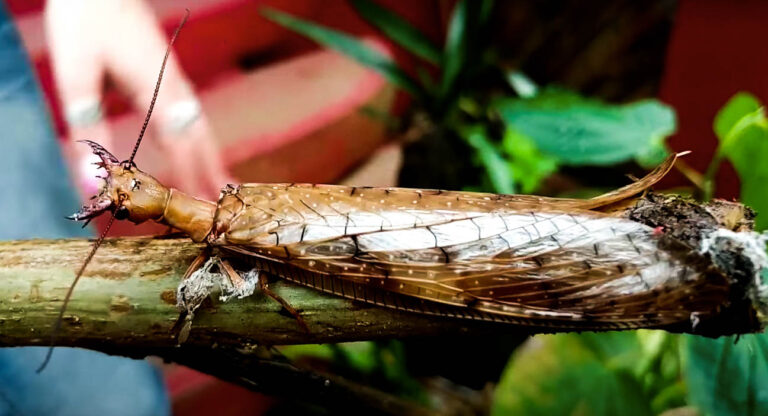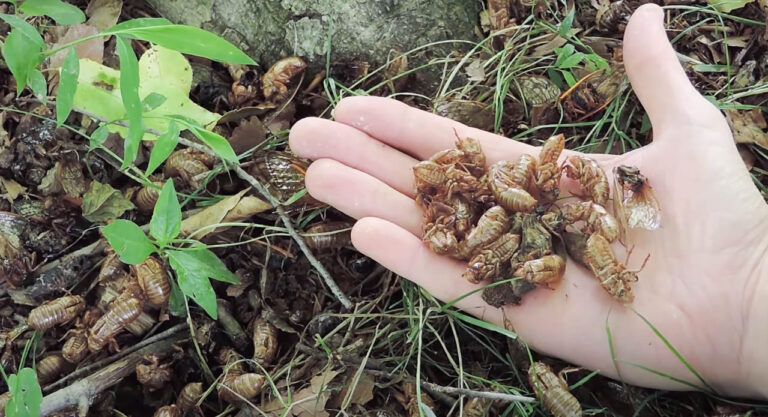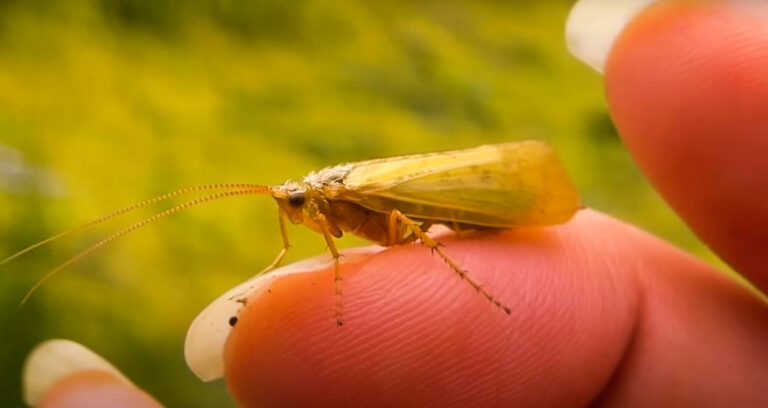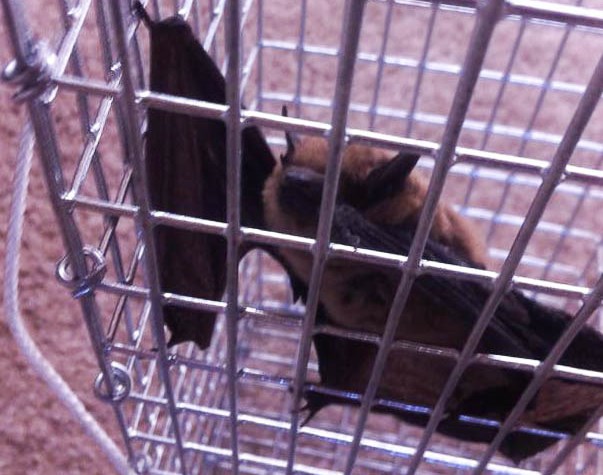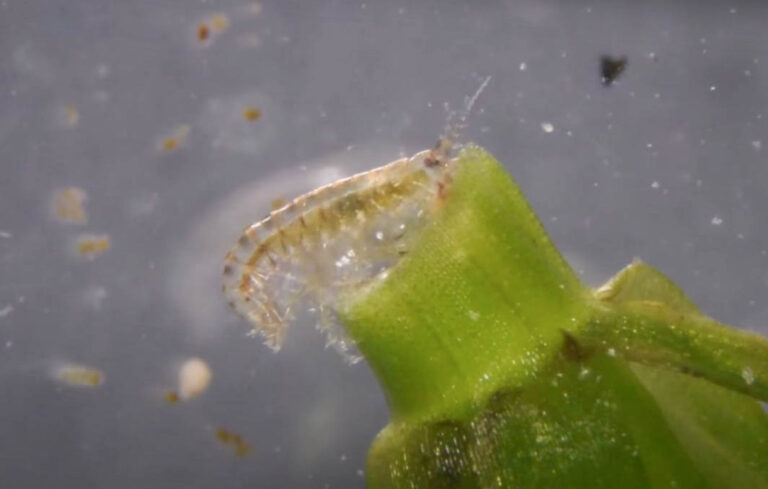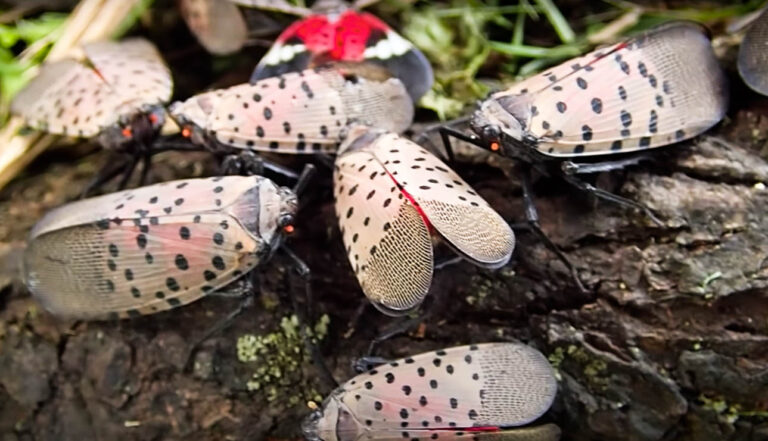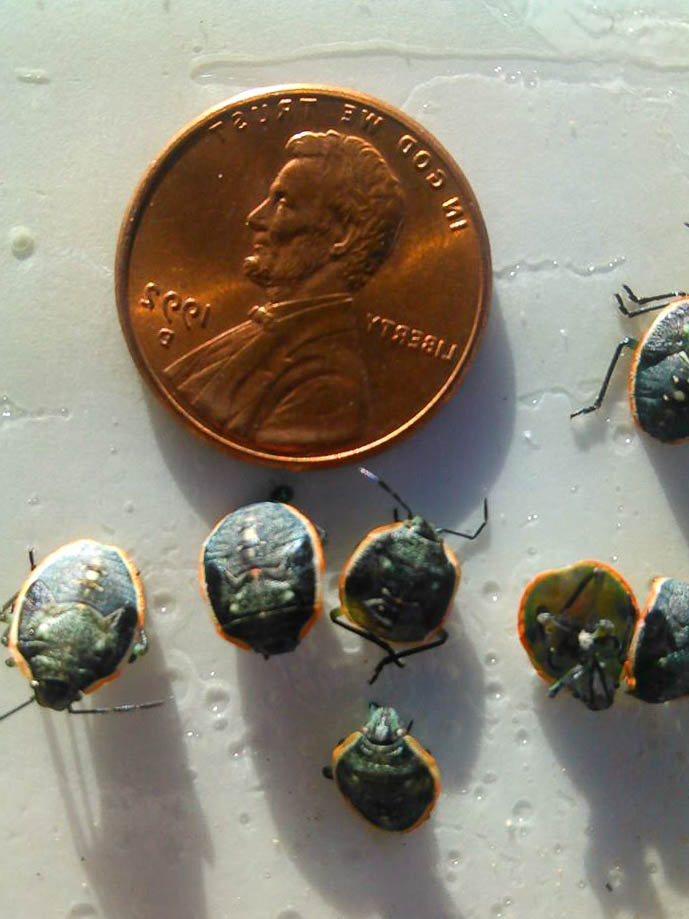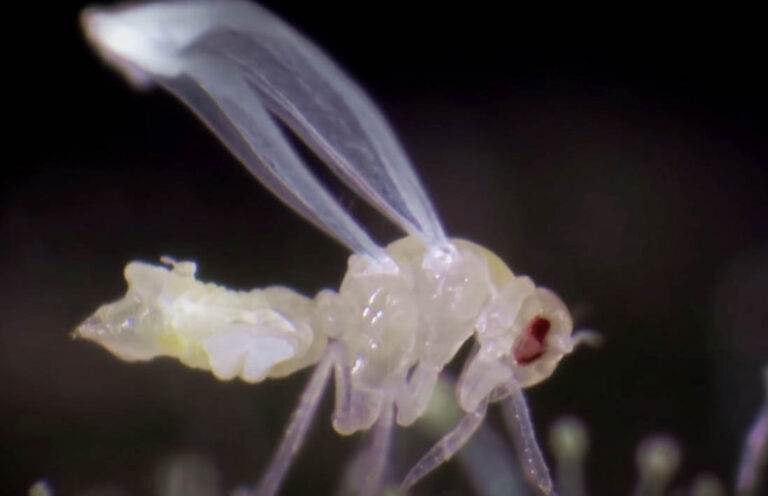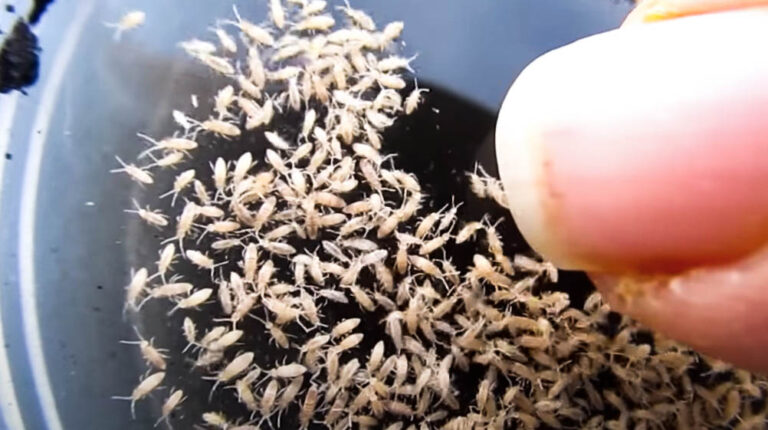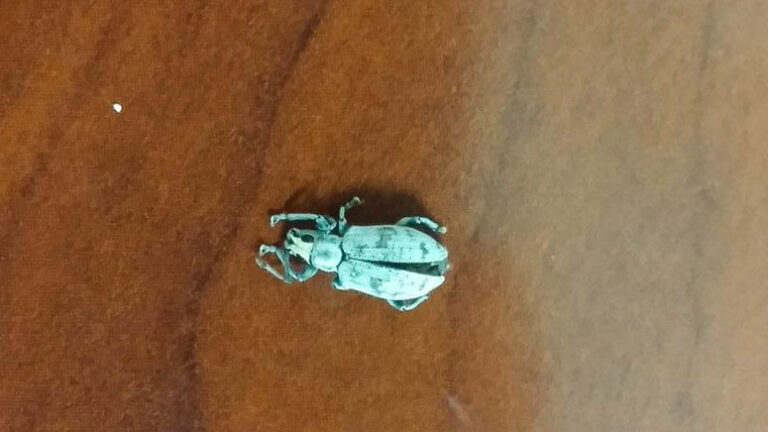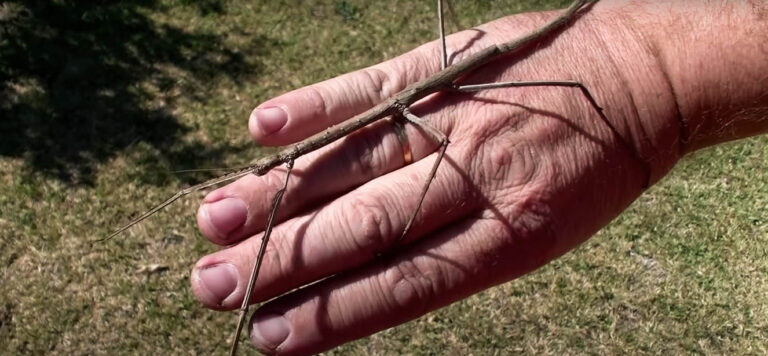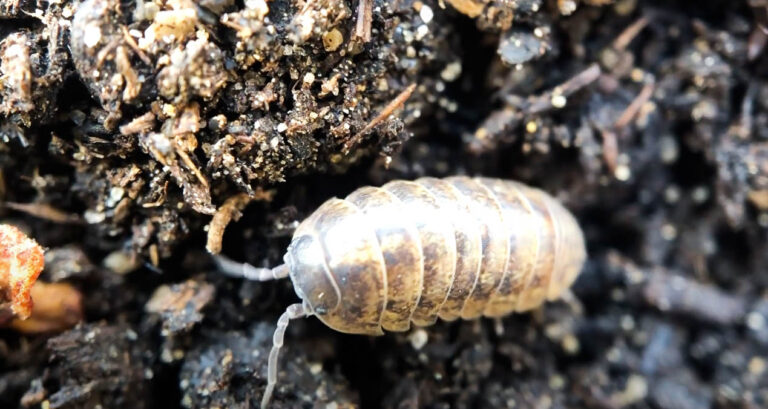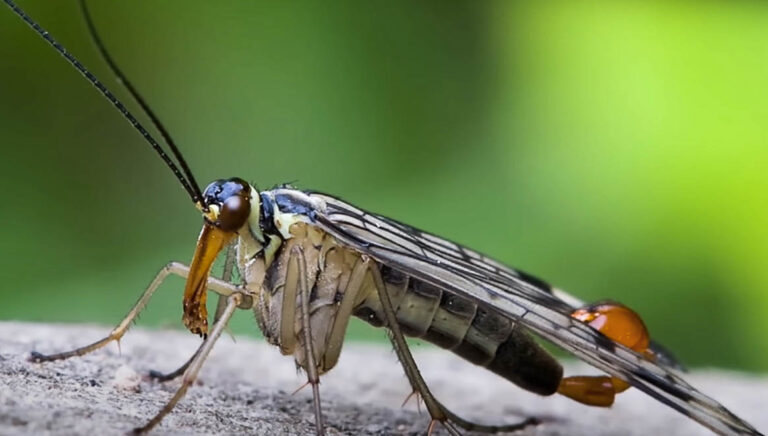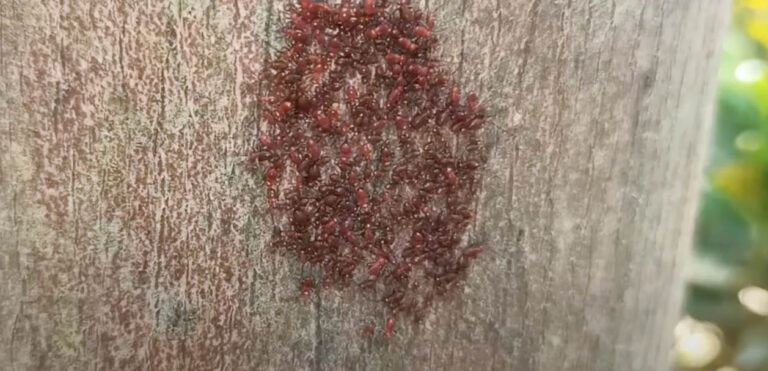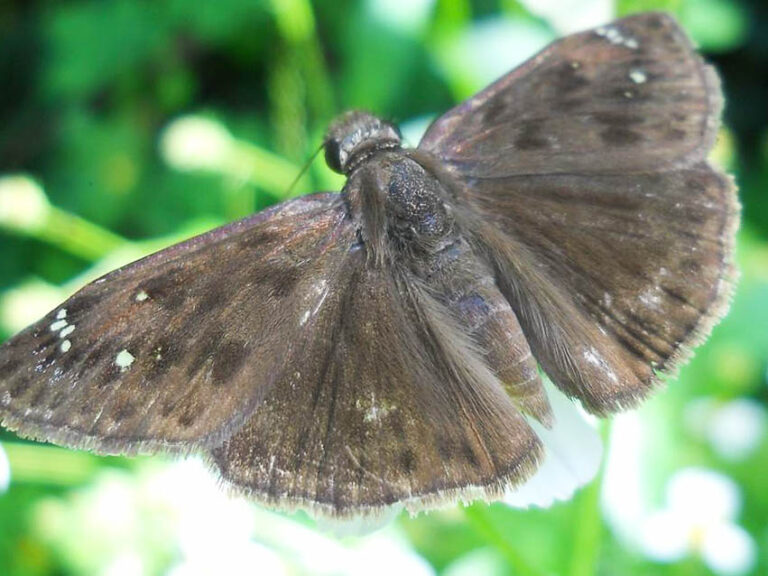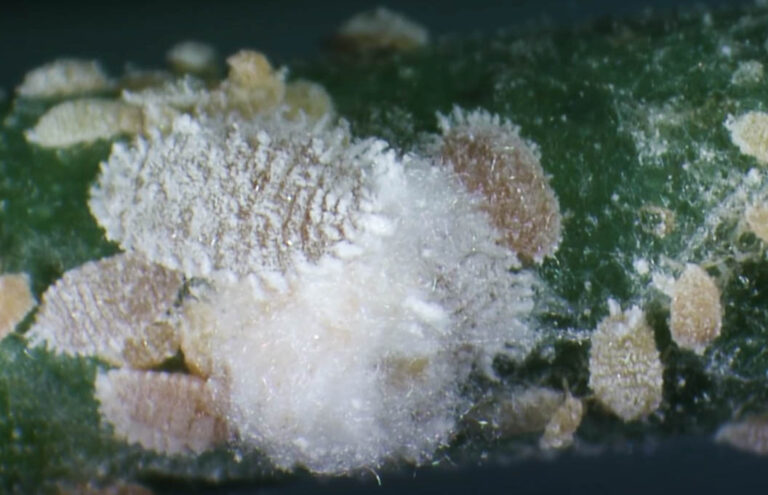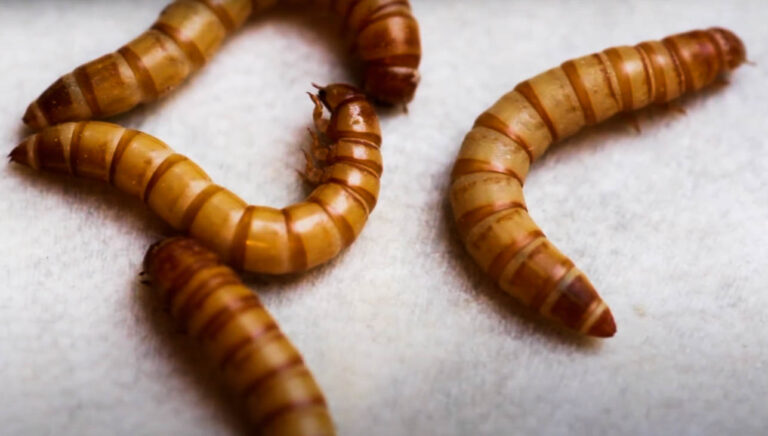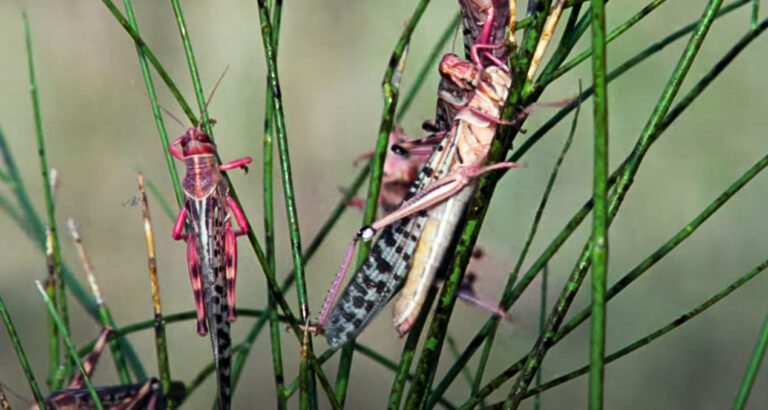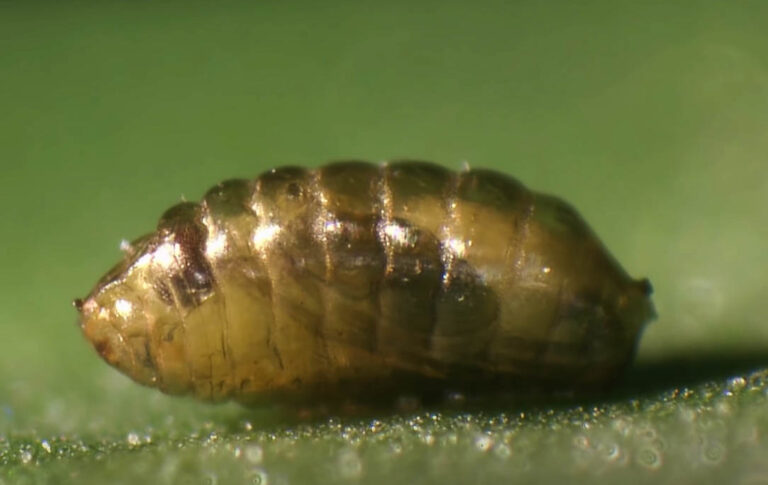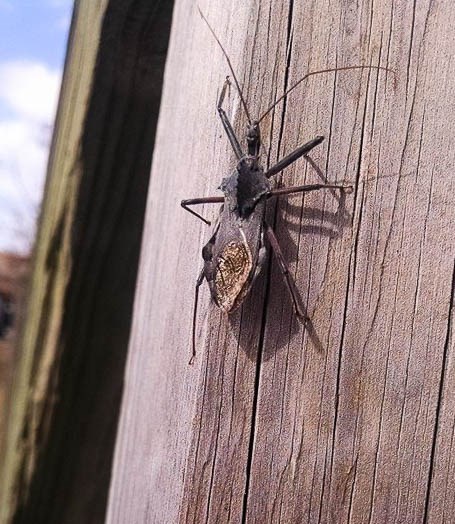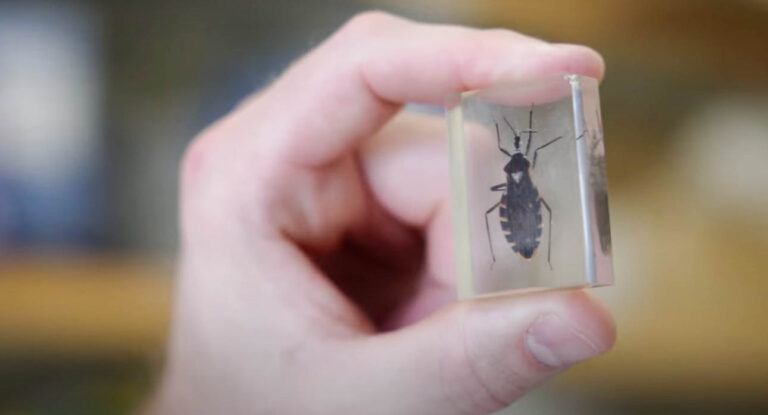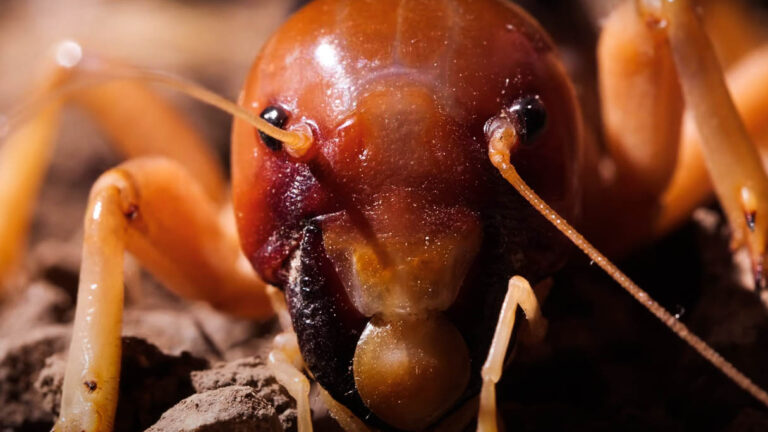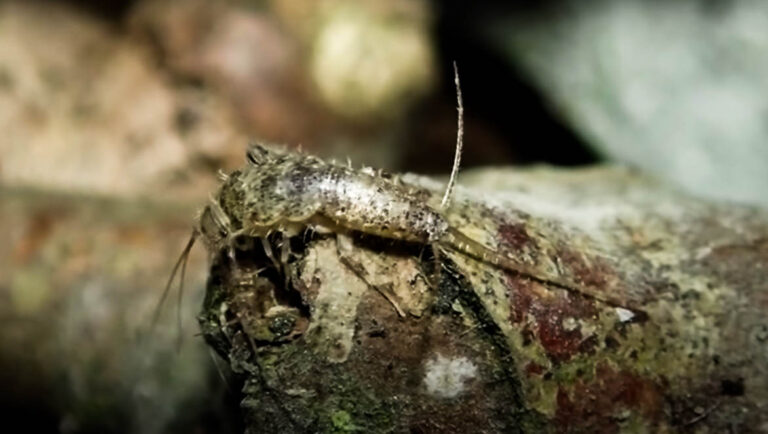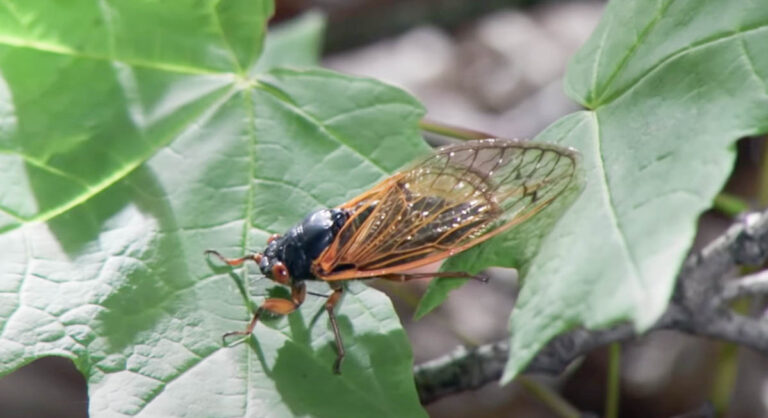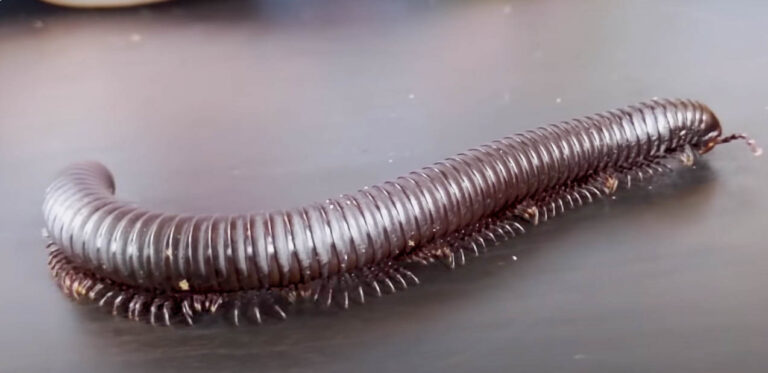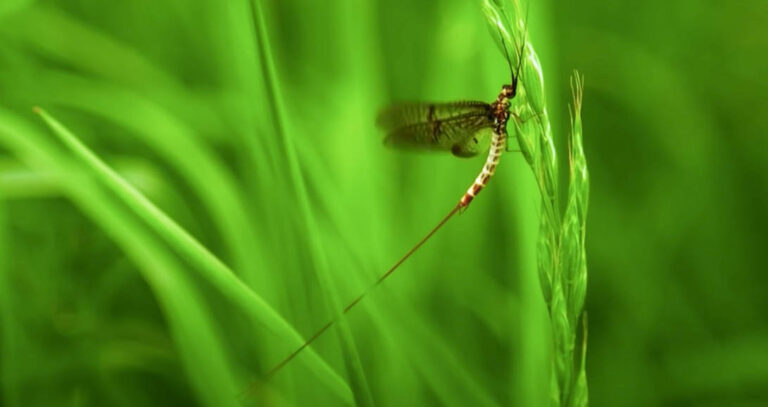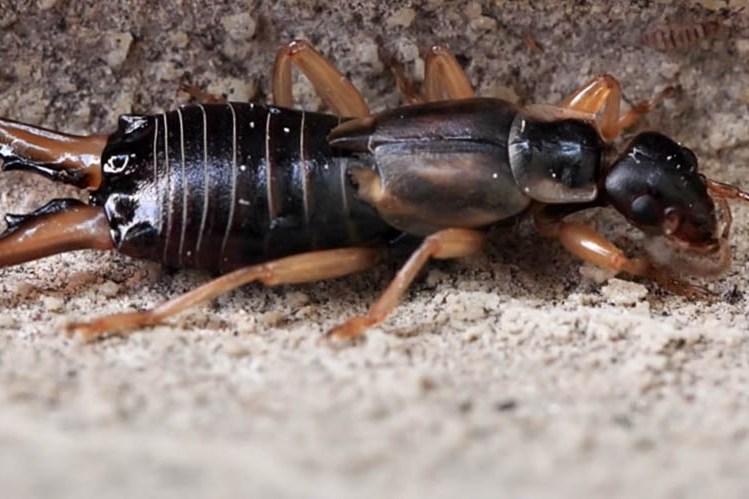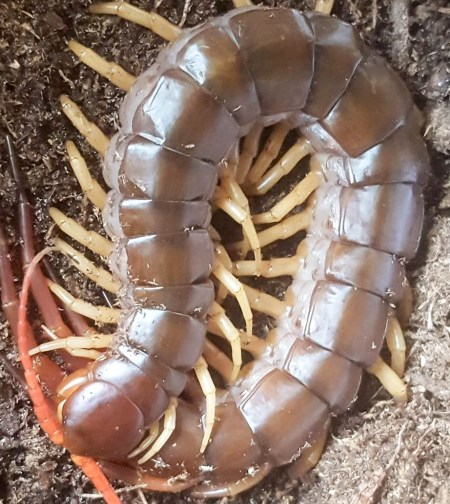About Firebrats
About Firebrats
The firebrat not only has a very interesting name, but it also has some destructive qualities it possesses. These insects, like most nuisance pests, can be hard to get rid of once you have them. Luckily there are several different treatment options and ways to prevent firebrats. Continue reading to learn more about this insect and how you can remove them from your home.
Appearance
The firebrat possesses a unique body that resembles a short, fat carrot. They do not have wings and they have a very flat body. Dark gray scales that look a lot like armor cover their body from one end to the other. The most common length of the firebrat is around a half of an inch long, more or less. Silverfish and firebrats are commonly misidentified as one another, as they look eerily similar at first glance. They both have long, skinny antennae and legs that protrude from multiple sides of their body. The firebrat has three long, skinny hairs that come out of the back of their abdomen that give the firebrat the nickname of bristletail.
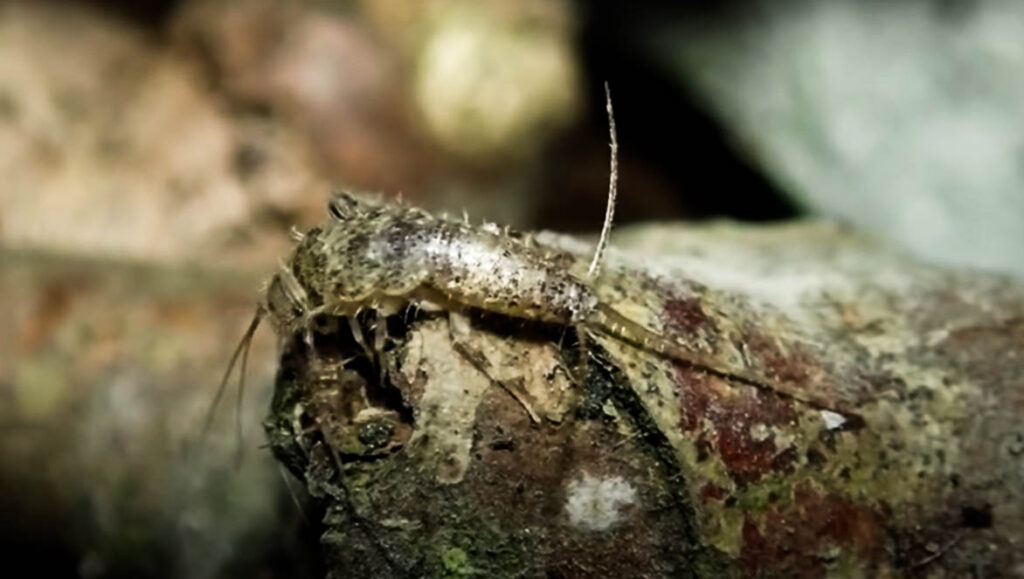
Behavior
Firebrats love to eat a variety of foods, which are commonly house materials and people’s belongings. They prefer to eat anything that has starch, sugar, or protein, so virtually every substance can be eaten if there are no other choices. This insect is actually a very hardy, tough little critter, as they can live months and months without any food whatsoever. Firebrats are very quick when they move, so they can easily escape danger by darting to shelter quickly. These insects are nocturnal, and they will prefer to come out of their shelters to eat and scavenge when there is little ambient light.
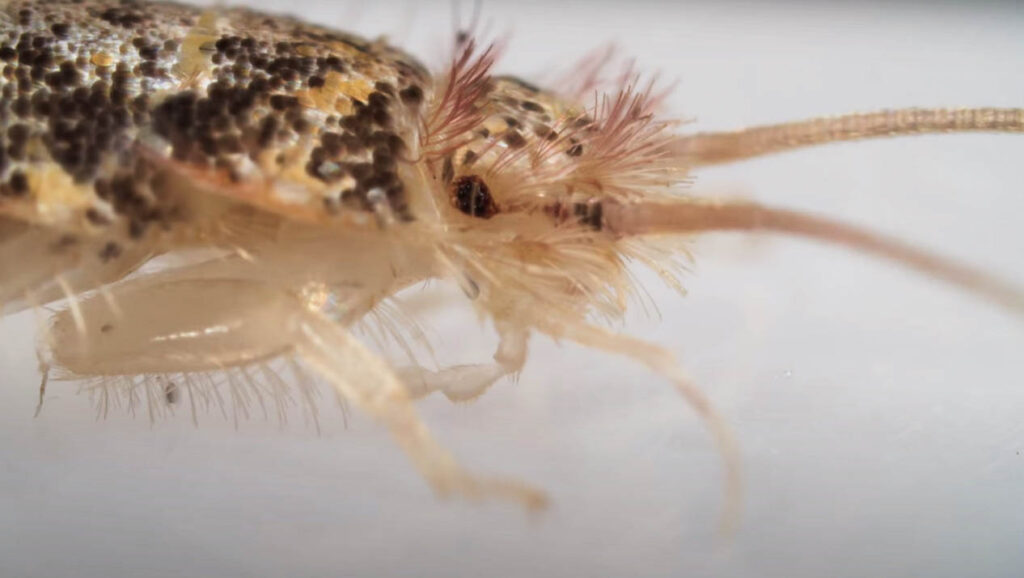
Habitat
Firebrats were given part of their name, fire, from the fact that they prefer to live in habitats where the temperatures can be around 100 degrees Fahrenheit. Some of their favorite places to live are around boilers, water heaters, ovens, warm pipes, and a variety of other places. Once inside, they will settle for any number of other places though. Bookcases, old cardboard boxes, window frames, closets, and bathrooms are all on the table for these insects. The firebrat also prefers to live in very moist areas, so they can frequently be found in bathrooms, utility rooms, and kitchen areas. If a firebrat is living in nature, they prefer some of the more obvious places. Some of the most common are under rocks, below the barks of trees, in damp rock crevices, or even old mammal or bird nests and dens.

